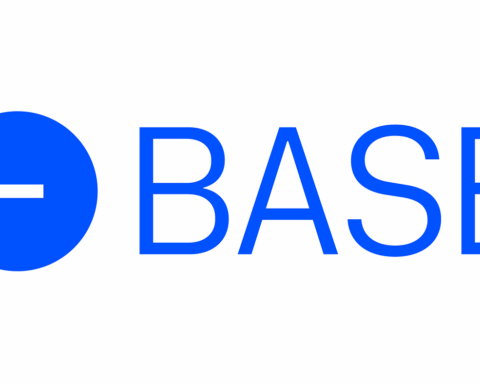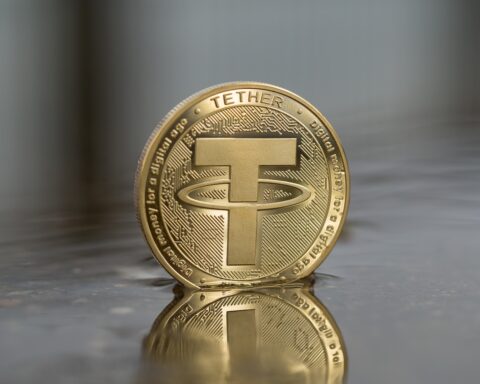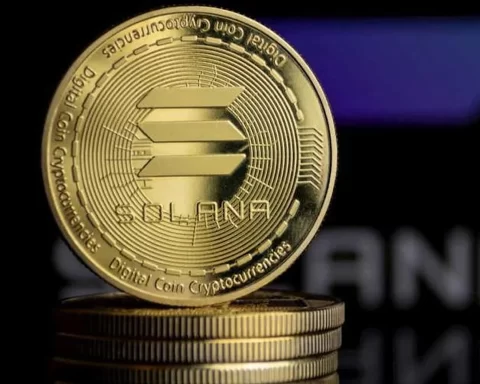Bitcoin enthusiasts are presented with a potentially more streamlined approach to create new assets on the blockchain. This comes as Lightning Labs unveils an updated version of the recently renamed Taproot Assets Protocol.
In a blog post dated May 16, Lightning Labs, a Lightning Network infrastructure company, disparaged current procedures for creating assets on the Bitcoin blockchain. They described them as “exceptionally inefficient,” citing unwieldy protocols that inscribe asset metadata “directly into block space.”
The Taproot Assets Protocol is engineered to function “predominantly off-chain” in an effort to sidestep the network congestion that has unfortunately become a hallmark of the Bitcoin network since the BRC-20 token standard was introduced by anonymous developer “Domo” on March 8.
Lightning Labs suggested that Protocol users could soon incorporate BRC-20 assets into the Lightning Network, with wallets, exchanges, and merchants being adapted rather than having to construct a whole new ecosystem from the ground up.
Domo previously asserted that the Taproot Assets Protocol provides a superior option for creating new assets on Bitcoin compared to pre-existing methods like JavaScript Object Notation (JSON). This is because it allows users to transition to the Lightning network for transactions that are both swift and inexpensive.
The vast majority of BRC-20 tokens created to date employ Ordinal inscriptions of JSON data to launch token contracts, mint tokens, and transfer them. This method has received broad criticism from developers, who argue that the process incurs four times the transaction fees compared to using binary.
The Taproot Assets Protocol is a newly rebranded iteration of the original “Taro” protocol. Lightning Labs had to alter the software’s name due to what they described as an “unwarranted” trademark infringement lawsuit lodged against them by blockchain development firm Tari Labs on Dec. 8 the previous year.
The total value of BRC-20 tokens briefly exceeded $1 billion on May 9, but has since declined to $500 million, a decrease of nearly 50%.




